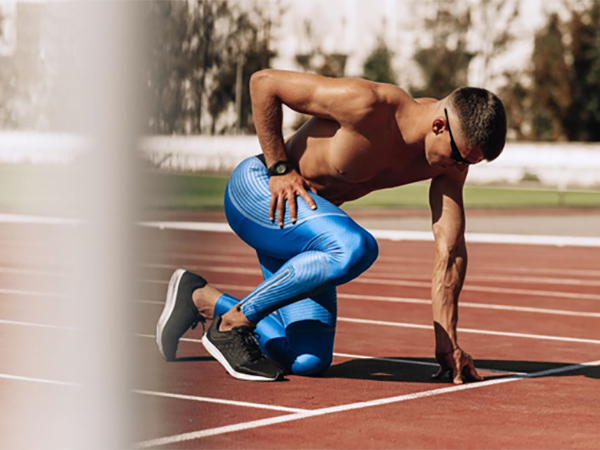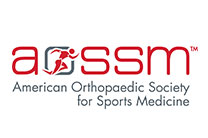
Whether you're a soccer player, a runner, or an avid gym-goer, persistent discomfort in the groin area can disrupt your training and keep you from reaching your peak. Ignoring your groin pain or pushing through it can lead to more severe injuries, prolonging your recovery. Here’s what you can do to prevent groin pain from sidelining you.
Understanding Chronic Groin Pain in Athletes
Groin pain in athletes is often the result of overuse, muscle imbalances, or underlying structural issues. Weak or tight core muscles can also contribute, affecting stability and increasing strain on the groin. Strengthening the core and addressing muscle imbalances are key to preventing and managing groin injuries.
Common causes include adductor strains, which occur when the inner thigh muscles are overstretched or torn; hip labral tears, where the cartilage lining the hip socket is damaged, leading to pain and instability; sports hernias, which involve soft tissue injuries in the lower abdomen or groin, often caused by sudden, explosive movements; and femoroacetabular impingement (FAI), a condition where extra bone growth in the hip joint causes friction, limiting movement and causing pain. These conditions can lead to prolonged discomfort and reduced athletic performance if left untreated. Proper diagnosis by an orthopedic hip and groin specialist is essential, as the nature of groin injuries can be complex and multifactorial.
Conservative Treatments are the First Steps to Recovery
Non-surgical treatments can significantly reduce pain and restore function. These may include a combination of:
- Physical Therapy: Targeted stretching and strengthening exercises help address muscle imbalances and improve flexibility.
- Rest and Activity Modification: Temporary changes in training intensity allow tissues to heal without further strain.
- Medications: Anti-inflammatory drugs and pain relievers can reduce swelling and discomfort.
- Injections: Diagnostic and therapeutic
These approaches, when applied consistently, can effectively manage symptoms and prevent future recurrence.
Advanced Treatment Options for Persistent Groin Pain
If conservative measures fail to provide lasting relief, more advanced interventions may be necessary. Depending on the underlying cause, the following treatments may be recommended:
- Hip Arthroscopy: A minimally invasive procedure to repair labral tears and address impingements.
- Groin Surgery: Repair of injured rectus tendon, inguinal floor, inguinal ligament.
Adductor Avulsion Repair : In cases where the adductor tendon has been completely torn from the bone, surgical reattachment can restore strength and function.
Chronic groin pain doesn’t have to keep you from playing sports or staying active. As an expert in diagnosis and treatment of groin related issues, Dr. Bharam has published extensively on both surgical and non-surgical treatments for chronic adductor-related and inguinal pain. His research-backed approach provides athletes with accurate diagnoses and customized treatment plans designed to restore mobility, strength, and peak performance.
AUTHOR: Srino Bharam MD, MBA is a board-certified, fellowship-trained sports medicine orthopedic surgeon and professor of orthopedic surgery specializing in the treatment of athletic injuries of the hip and groin. Dr. Bharam has over 20 years of experience in treating injuries and conditions of the hip to restore athletes and patients to an active lifestyle.












